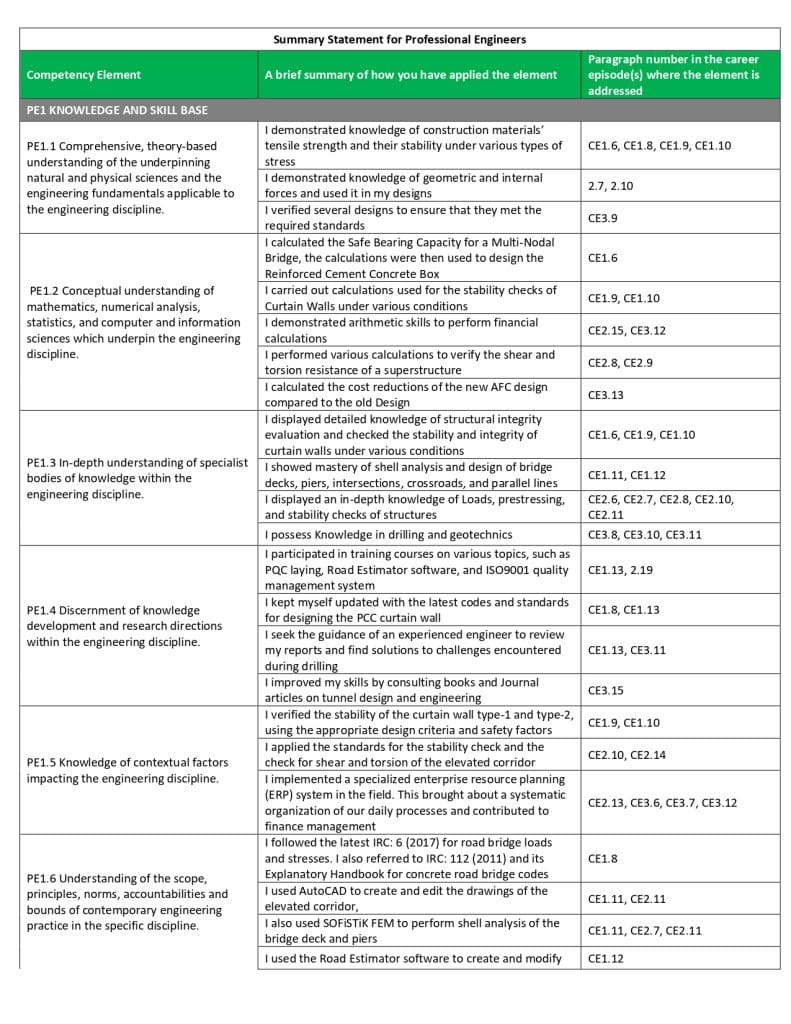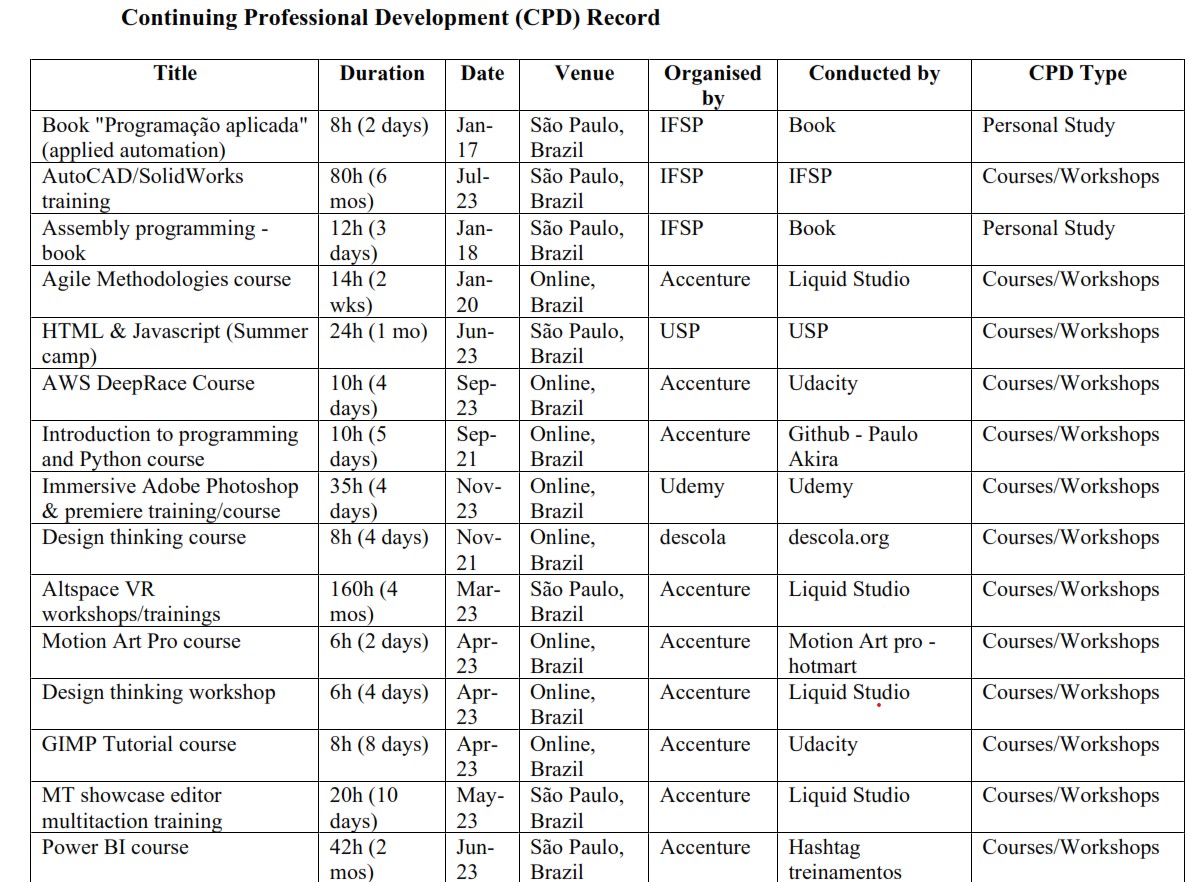
Introduction
The Competency Demonstration Report (CDR Report) is essential for engineers moving to Australia. It highlights their skills and is evaluated by Engineers Australia (EA). The report must showcase both theoretical and practical engineering skills, their real-world application, and ongoing professional growth. It includes three career episodes, a summary statement, and a record of professional development. Following EA’s guidelines is crucial for passing the skills assessment needed for migration.
Importance of Competency Demonstration Report
The Competency Demonstration Report is key for Engineers Australia assessors. It decides your eligibility to work in the country’s engineering sector. Moreover, their judgment based on this report can significantly impact your career.
Engineers Australia’s annual report states that during the 2018-2019 period, they assessed 31,529 CDRs for migration purposes, with each Competency Demonstration Report undergoing a rigorous verification process to ensure only qualified individuals are endorsed for migration.
Engineers Australia’s guidelines for CDR report preparation
Engineers in Australia set clear rules for Competency Demonstration Reports. These ensure the reports are of high quality and relevant. To create one that meets these standards, you must understand and follow these guidelines:
Career Episodes
Ensure each career episode adheres to the following structure:
- Introduction: Specify the timeframe and location of the episode, alongside the name of the organization involved.
- Background: Outline the nature of the engineering project, your objectives, and the work environment.
- Personal Engineering Activity: Detail your work. Emphasize your role in the team. Also, note the use of your engineering skills and knowledge.
- Summary: Conclude with an assessment of the episode, reflecting on your contributions and the project’s outcomes.
CDR Summary Statement
- The CDR Summary Statement needs careful cross-referencing to the correct paragraph in the career episodes. It must show how you applied the competency elements for your chosen engineering category.
- The Summary Statement must be brief and precise. It should link personal engineering skills to the Engineers Australia competency elements.
Continuing Professional Development (CPD)
- The listed CPD activities must be relevant to engineering. They should show a commitment to developing and maintaining professional skills.
- The CPD record should show a mix of activities. These include formal post-graduate study, workshops, seminars, technical meetings, and on-the-job activities.
Documentation and Presentation
- Clarity and Organization: Your Competency Demonstration Report should be written in clear Australian English, and organized in a manner that reflects professional attention to detail and coherent presentation.
- Authenticity: All statements within your Competency Demonstration Report must be based on your own work, supported by documentation. Plagiarism will be penalized, and can result in the engineer being barred from applying again for a period.
- Formatting Guidelines: Adhering to the prescribed Competency Demonstration Report formatting guidelines is non-negotiable – failure to do so may lead to the rejection of your application.
The Australian Government’s skill shortage research shows a constant demand for engineers in various fields. So, the Competency Demonstration Report is vital for seizing available opportunities.
Aligning CDR Report with ANZSCO Code Attributes
- Begin by meticulously analyzing the ANZSCO code descriptors relevant to your engineering category. Grasp the nuances of each competency and attribute required by your specific role within the engineering field.
- Create a detailed map of your past jobs, duties, and projects. Align them with ANZSCO attributes. Then, showcase how your experiences match the competencies assessors seek.
- Craft your growth narrative by structuring it around the key attributes of the ANZSCO code. Show how each role and project has built these skills. This will highlight a consistent career path.
- Provide examples from your work that show you meet ANZSCO competencies. Include project results, new ideas, leadership roles, and technical skills.
- Describe any changes you’ve made to meet industry standards, regulations, or technologies according to ANZSCO attributes. Also, explain the learning and processes that helped you implement these changes in your work.
By weaving your growth story with the ANZSCO code attributes, you ensure your Competency Demonstration Report (CDR) meets the standards. It will reflect the skills Engineers Australia requires. It will also meet the Skilled Migration Visa assessors’ demands.

Emphasizing Depth in Engineering Experiences
In the realm of engineering, depth of expertise is often more invaluable than a superficial breadth of experience. Your Competency Demonstration Report (CDR) should focus on a few, well-described projects. They show your technical knowledge and problem-solving skills. To effectively convey the profundity of your experiences:
1. Select Key Projects
Identify projects or roles that are pivotal in showcasing your in-depth knowledge and experience. Choose instances where you had significant impact or where your specialized skills were critical to the project’s success.
2. Elaborate on Complex Challenges
Clearly and precisely describe the complex engineering challenges you faced. Detail the specific technical or logistical obstacles. Explain the intricacies of your approach to overcoming them.
3. Discuss Project Outcomes
Measure your contribution in concrete terms. For example, increased efficiency, cost reduction, or technological innovation. Relate these outcomes back to the specialized knowledge or skills you employed.
4. Validate with Evidence
Support your claims with documents that prove your engineering expertise. These can be certificates, awards, or acknowledgments.
5. Reflect on Professional Development
Articulate how tackling these challenges contributed to your professional growth. Explain how deep immersion in a project improved your technical skills and your grasp of complex engineering principles.
6. Articulate Specializations’ Relevance
Describe how your expertise meets Australia’s engineering sector needs and challenges. Also, show how it can fill gaps or push technological limits in the industry.
Demonstrating Leadership and Management Prowess
Leadership and management are key to showing your qualifications for top engineering jobs, especially within the ANZSCO Code standards. Follow these guidelines to effectively communicate your experience in leadership and management:

Avoiding Mistakes in Your CDR Report.
This section highlights the errors to avoid. It ensures that your submission best showcases your qualifications.
Avoid Generic Descriptions
Avoid vague statements about your engineering projects. Instead, detail your role, highlighting your achievements and technical skills.
Circumvent Excessive Technical Jargon
While familiarity with technical language is expected, too much jargon can make your story unclear. It’s vital to balance accuracy and accessibility for non-experts.
Do Not Neglect Proofreading
Submissions riddled with grammatical errors, misspellings, and improper formatting significantly weaken your professionalism. Proofreading is a must. It preserves the strength and credibility of your Competency Demonstration Report.
Shun Overemphasis on Team Achievements
While teamwork is important, your report must focus on your work. Ensure that you do not dilute your unique input by overemphasizing team achievements.
Refrain from Unsubstantiated Claims
Support every assertion of skill or accomplishment with evidence. Unverifiable claims compromise the trustworthiness of your document and question your integrity.
Refrain from Unsubstantiated Claims
A Competency Demonstration Report with disjointed or incoherent narratives undermines the candidate’s commendation. Maintain a continuous and logical flow throughout the document.
Final Considerations Before Submission
- Make sure all personal info, including contact details and engineering qualifications, is current and accurate.
- Check that each competency element in the Summary Statement matches the correct paragraph in the Career Episodes.
- Confirm that for each competency element, both quantitative and qualitative evidence are provided. They should show not only what was accomplished but also how it was done and its impact.
- Double-check the integration of professional and ethical reasoning in your competency demonstration. Engineers Australia places significant emphasis on ethical practices and professional conduct.
- Cross-examine the consistency of information presented in your CDR report.
- Conduct a final grammar and clarity check.
Conclusion
Your Competency Demonstration Report is your stage to showcase your value in the Australian engineering landscape. Embrace this process strategically, as its outcome impacts your career trajectory and aspirations. Stand out in a competitive milieu with your voice and experience.
Need Help?
Crafting a compelling CDR Report is no easy task, but remember, you’re not alone. If you need assistance, whether it’s understanding the ACS skill assessment occupation list, calculating your Australia skills assessment points, or simply getting a professional eye on your CDR, don’t hesitate to seek help.
CDR Elite Writers, a team of experienced CDR report writers and engineers, are ready to assist you. With a deep understanding of the Engineers Australia CDR requirements, they offer comprehensive CDR writing services in Australia, ensuring your CDR Report Sample stands up to scrutiny and maximizes your chances of success.
References
Department of Home Affairs. (2020). 2019-20 Migration Program Report. https://www.homeaffairs.gov.au/research-and-stats/files/report-migration-program-2019-20.pdf





